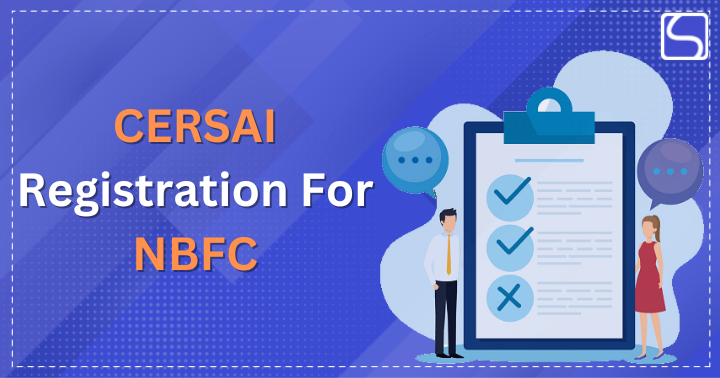CERSAI, or the Central Registry of Securitisation Asset Reconstruction and Security Interests of India, was established to prevent fraudulent lending operations against equitable mortgages.
Table of Contents
What exactly is CERSAI?
CERSAI was also known as the Indian Central Registry of Securitisation Asset Reconstruction and Security Interest. The Government of India incorporated CERSAI as a corporation under Section 8 of the Companies Act, 2013. CERSAI was established to detect and prevent fraudulent behaviour in lending transactions involving equitable mortgages. In other words, the CRESAI was created to discourage and prevent the practise of obtaining several loans from different banks while using the same asset or property.
The Central Government of India, National Housing Bank, and public sector banks are the CERSAI’s major shareholders, with the central government owning 51% of the company. Prior to the establishment of the Central Registry of Securitisation Asset Reconstruction and Security Interest of India (CERSAI), the borrower and lender were entirely responsible for the encumbrance data of a property.
The reason for this was the disconnected registration system in effect at the time. As a result, people would take out multiple loans from different banks using the same asset or property. These bank loans were secured through the use of counterfeit title deeds or other dubious methods of copying the real deed. Unfortunately for real buyers, these assets or houses were later sold while still carrying unpaid loans. It ultimately left potential buyers in hot water due to a lack of information about the property’s/existing asset’s liabilities.
Registration
- CERSAI registration can be started on the CERSAI official website.
- The person seeking registration must electronically complete the registration form, which is available on the CERSAI website under the ‘Entity Registration’ option.
- To gain access to the CERSAI portal and fill out the necessary information, the user must have a Digital Signature Certificate (DSC).
- Once all of the registration information has been entered, the document must be printed and signed by the authorised signatory.
- These printed forms, along with other essential papers as specified in the forms, must be forwarded to CERSAI’s official address.
Accessibility
For a charge, any bank, financial organisation, or individual can use CERSAI’s registration platform. By registering with CERSAI, lenders can access information on an asset or property to determine whether a previous security interest was created by another lender ((banks, financial institutions, etc.) in the past.
This is typically done prior to the approval of a loan to a borrower. This is especially advantageous for legitimate property buyers, as CERSAI allows them to retrieve all essential information from the registry to determine whether the property in question is free of any debt generated by another lender.
CERSAI’s primary goals
- To combat such fraudulent and questionable practises, the Central Record of Securitisation Asset Reconstruction and Security Interest of India (CERSAI) was formed with the primary goal of keeping a centralised registry of equitable mortgages.
- It enables financial institutions and banks to register any asset securitisation and reconstruction transactions.
- CERSAI’s scope was expanded further in 2012, to cover the registration of any security interests generated through the assignment of factoring or accounts receivables.
- CERSAI’s scope has recently been expanded to encompass registration of any security interests generated on assets that are not deemed to be tangible assets, as well as all types of mortgages widespread in India.
This registration includes all important information about loans or mortgages taken out on a property or asset. Aside from that, the registration includes all relevant information about the lender who approved the loan on the asset or property, as well as information on the borrower.
According to the Central Government’s directives on the sanctioning of loans by banks and financial institutions, the lenders of the loan are required to register any information pertaining to security interests that they have created on any asset or property with CERSAI. This registration must be completed within 30 days of the day the security interests are created.















